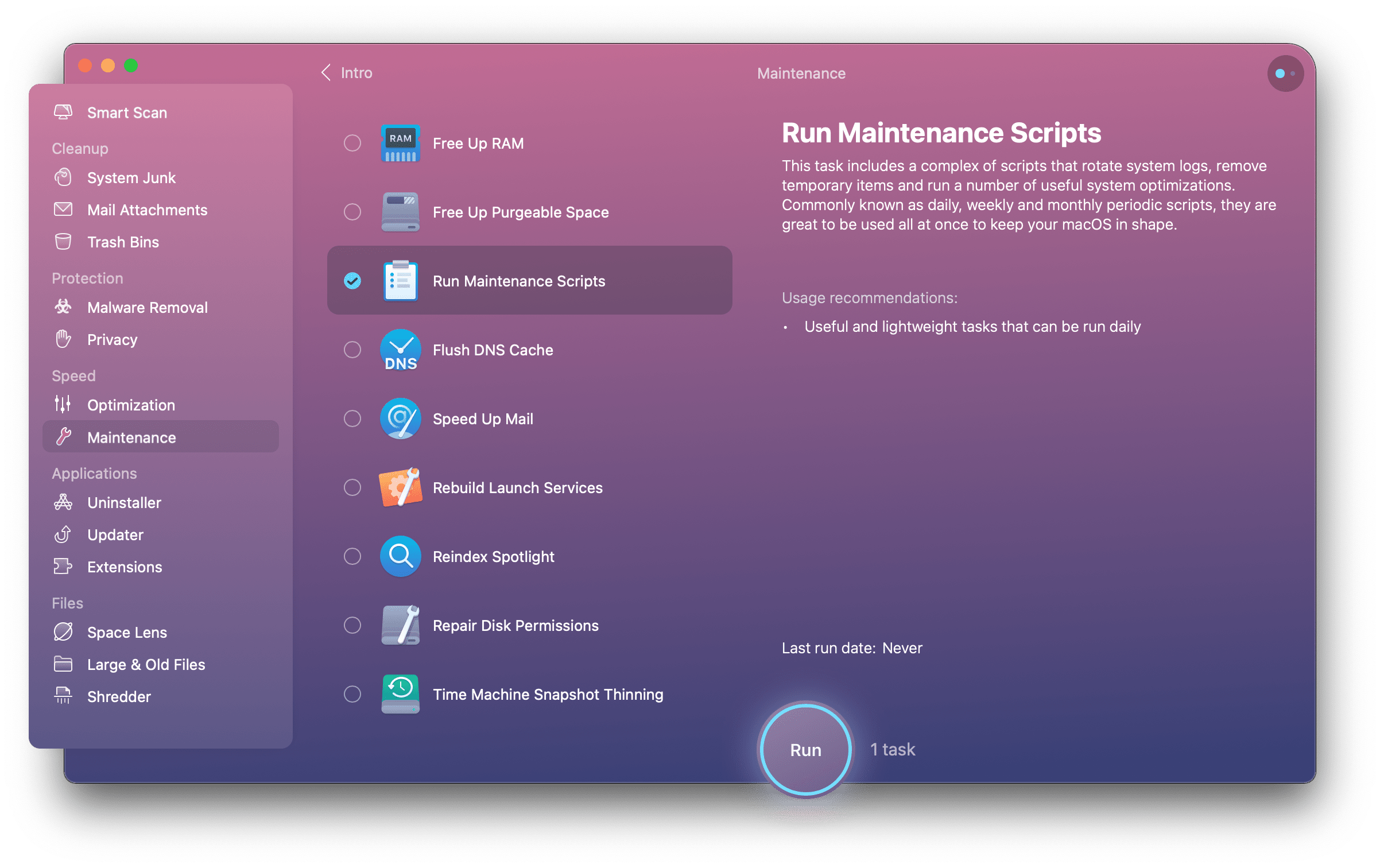
I tried to reinstall, but nothing came up. So, I tried to reboot again, but it said that the reinstallation failed and asked me to reinstall again. I don't have any Time Machine backups.Įverything went file, but in the middle of the installation, it got stuck, and later the installation failed without any reason. For information about servicing your Mac, see Find out how to service or repair your Mac.My Mac running Lion was being slow, so I was decided to reinstall OS X. If you continue to have problems with your disk or it can’t be repaired, it may be physically damaged and need to be replaced. If your Mac has a Fusion Drive and you see a flashing question mark or alert, see the troubleshooting section of the Apple Support article About Fusion Drive, a storage option for some Mac computers. If that doesn’t work, back up as much of your data as possible, reformat the disk, reinstall macOS, then restore your backed-up data. If Disk Utility can’t repair your disk, or you receive a report that the First Aid process failed, try to repair the disk or partition again. If it contains information you need, open it and examine its data to make sure it hasn’t been corrupted. If you can replace a file or recreate it, delete it. Most of the files in the list have aliases in a DamagedFiles folder at the top level of your disk. You need to check each file in the list of affected files. If Disk Utility reports “overlapped extent allocation” errors, two or more files occupy the same space on your disk, and at least one of them is likely to be corrupted. Otherwise, you may need to do one of the following. You can click Show Details to see more information about the repairs. If Disk Utility reports that the disk appears to be OK or has been repaired, you’ve finished. In the sidebar, select the storage device, then click the First Aid button. Repeat steps 6 to 8 for each container on the storage device. In the sidebar, select a container, then click the First Aid button.

Repeat steps 2 to 4 for each volume on the storage device. When the First Aid process is complete, click Done. In the First Aid dialogue, click Run, then follow the onscreen instructions. In the sidebar, select a volume, then click the First Aid button.

If you check your startup volume (Macintosh HD), make sure you also check your data volume (Macintosh HD - Data). Note: If you’re checking your startup disk or startup volume, restart your computer in macOS Recovery, select Disk Utility in the macOS Recovery window, then click Continue.


 0 kommentar(er)
0 kommentar(er)
